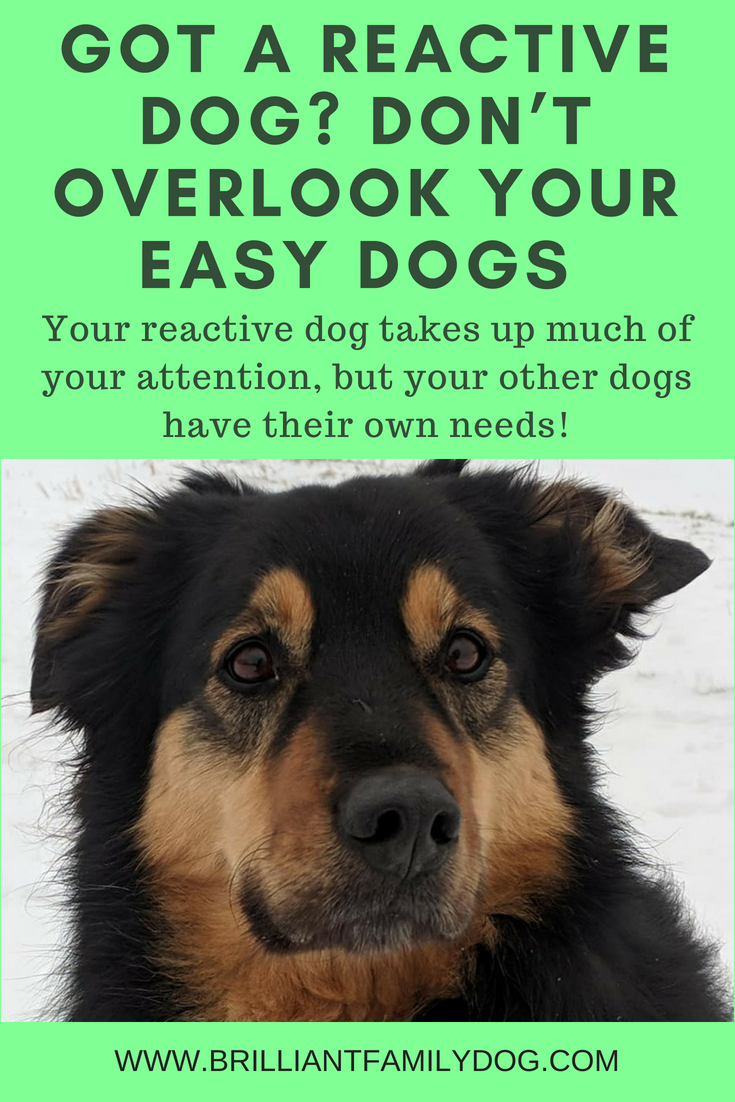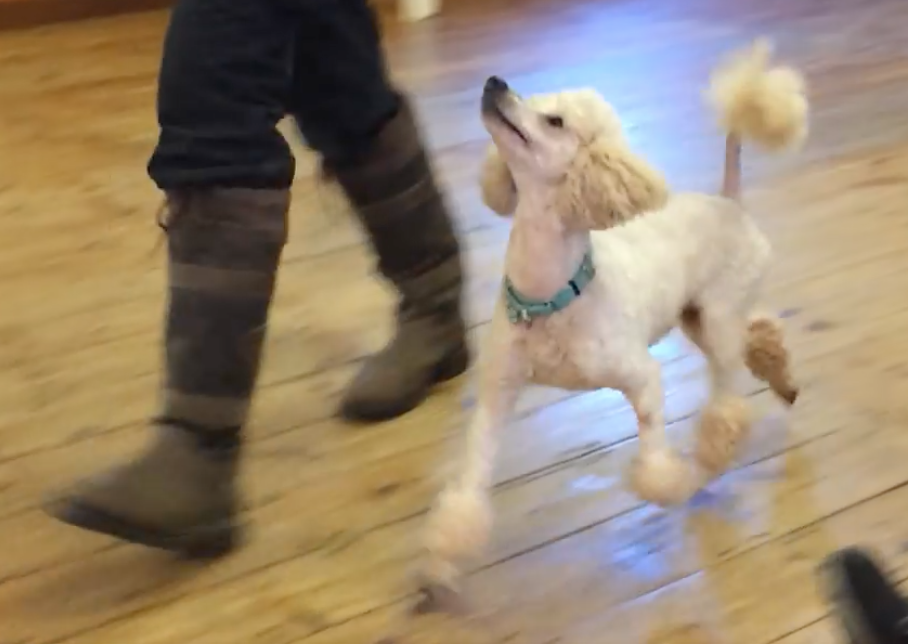I can’t tell you how many owners of reactive dogs tell me their dog is a nightmare because he barks all day at the window.
“He barks at the window at everything he sees”
“He looks out of the window all day, if anyone comes past he barks and barks.”
“He spends his days attacking my front window as people pass by”
Or races up and down the garden barking at anything the other side of the fence.
“He also fence fights with our neighbour’s dogs when they are out so that is a daily challenge”
“The biggest issue is that whenever our neighbours walk past our garden fence she goes on the defensive, jumping up the fence to try and get to them”
“He will run the fence if allowed”
There are two problems here
1. The dog is driving the owner mad, so there’s disharmony in the house, frustration from both owner and dog, maybe wrecked furniture or lawn, worry about what the neighbours think.
and
2. The dog is continually wound up like a coiled spring. He’s getting no rest, and his cortisol levels (that’s the fight or flight thing) are continually elevated.
We all know how an overtired toddler is impossible to manage. Dogs are the exact same. This dog who spends his days on guard duty at the window, straining for any movement he can see, then leaping about scrabbling and barking at the window, is getting no rest. He’s getting tenser and tenser.
By the time you set out on your walk with him he’s already on his toes, on full alert! There’s little chance of escaping your outing without some kind of incident - barking and lunging at anything that moves, and going nuts on sight of a dog, or a bicycle, or whatever upsets your dog.
The dog who heads out to the garden for a quiet sniff about is not going to get that if he’s hurtling up and down the fence screaming at anything the other side.
I’d go so far as to say that you are going to have little impact on changing your walks to calm, quiet, and enjoyable, if you don’t first fix these problems at home.
So how on earth can I stop it?
Like most problems, it’s always best to prevent it even starting. But that’s with 20/20 hindsight! If you’ve already got this as an established problem, it’s no help to you to say don’t let it start!
But you can mostly certainly change it. For good.
Let’s start with the windows
You need to prevent your dog’s access to the windows that are causing the problem. Probably the front windows. So first stop is not to let him in that room unless you are with him to manage the situation. If you’ve got a tiny home, or an open-plan one, you may find baby gates help (baby gates are most definitely the dog-owner’s friend!).
Or move to Plan B. Which is to use window film! This wonderful invention will still allow light into your home, but present a fuzzy image to your dog. He can only see something really close up to the window, not out on the street. You can get all sorts of designs, and it’s really easy to apply - and just to whip off when you want (you won’t want: you’ll be so pleased with the calm it brings you’ll never want to take it off!).
And you don’t need to cover the whole window. Just the part your dog can see out of.
You may need to move your furniture about a bit, so he doesn’t have a handy perch!
So window-barking is now eliminated! Hooray. You’ll wonder how you ever stood it before. And you will see a distinct difference in your dog who is now getting something approaching the 17 hours (yes, seventeen hours) of sleep he should have every day for optimum health and lowered stress.
“But I don’t want to cover my windows!” Then unless you can keep your dog away from them another way, you will continue this mad barking and over-stimulation, which will prevent you making the important changes in your reactive dog’s behaviour out of doors! Your choice …
So what about fence-running?
Putting film on your fence is not going to work!
If you can, talk to your neighbours and arrange things so that you are all not driven mad. See what this resourceful student does to prevent these senseless and energy-sapping battles at the fence:
“My neighbour and I text each other for the all clear before letting them out!”
Those of you without such amenable and sensible neighbours will have to manage it all by yourself. Careful observation of your neighbour’s timetable will help.
But in any case, you will always be out in the garden with your dog!
If necessary, you could have her on lead. It’s essential to teach your dog a new way of being in the garden. You’ll find simple counterconditioning very helpful. You just post treats into your dog’s mouth whenever there’s something over the fence that worries her. This way you’ll change her emotional response to the frightening thing.
You may have to start this from inside the house! Wherever your dog is calm enough to take treats will get you started.
No more barking and screaming!
These problems are very simply solved. Note I didn’t say “easily”. It takes application and observation. But the solutions are simple and straightforward.
All it needs is a little effort on your part, and the deafening noises, frantic behaviour, and over-arousal, will all be a thing of the past.
Come and see what else thousands of folk are learning in our free online Masterclass!
















